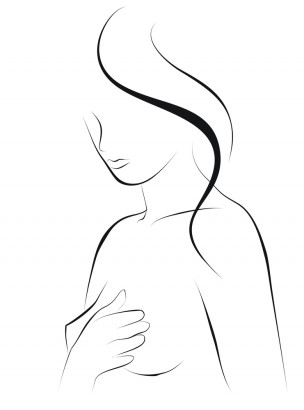Four ways to better detect cancer
mis à jour le 14 July 2015 à 18:31More accurate screening, better adapted treatments, innovative solutions to combat side effects… Here are 4 promising solutions to up the fight against cancer.
MORE RELIABLE BREAST CANCER SCREENING
The mammography by tomosynthesis (3D), already widely used, will soon be the standard. For patients, nothing or almost nothing changes. It is just necessary to stay in position for a few seconds more. However, the image created for the radiologists is much clearer and more precise. Thus, the specialists have a better view of areas that can be masked. According to a study conducted on nearly half-million women*, this technique reveals cancer in its very early stages. Moreover, it leads to fewer uncertain diagnoses than traditional methods, thus necessitating fewer additional examinations and generating less anxiety.
*JAMA (Journal of the American Medical Association), in June, 2014.
PERSONALISED TREATMENTS
“The decoding of tumours’ genome is the future. We can know very soon why and how some tumour cells resist to the natural defences of the body and/or the treatments. This will enable us to set up targeted and custom-made therapies”, explains Dr Didier Bourgeois, a surgeon. If we are not here yet, from now on, doctors will lean more and more on the genomic signature of the tumour to treat breast cancers. This allows one to estimate better the risks of relapse as well as the necessity of chemotherapy and the appropriate doses. The only major drawback of this innovation is that, currently, examination (realised on tissues taken from the tumour) is expensive.
A LASER TO REMEDY THE LACK OF HORMONES
This is a new solution for some menopausal women who do not take substitution hormonal treatment, or who have had breast cancer. “The lack of oestrogen makes the vaginal mucous membrane very fine, causing a lack of lubrication and a loss of elasticity. Sexual intercourse can become very painful”, explains Dr David Elia, gynaecologist. When conventional methods are not enough, the laser MonaLisa Touch, stimulates the production of collagen and allows the regeneration of tissue. In approximately three sessions (without anaesthesia and pain), the vagina becomes more reactive and reclaims its flexibility. Urinary problems are also less frequent.
A BOOSTER OF RADIOTHERAPY
Thanks to nanoparticles that settle on the tumour, NanoXray is nine times as effective as X-rays on the targeted zone during radiotherapy. The whole process is conducted without damaging collateral healthy tissues. The first results on the sarcoma of the soft tissues are decisive; thus, new studies will be led this year on other cancers, such as liver cancer.
Maureen Diament




